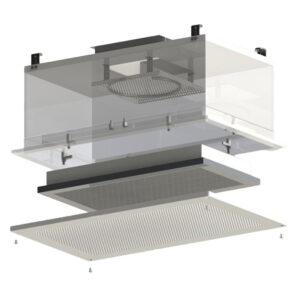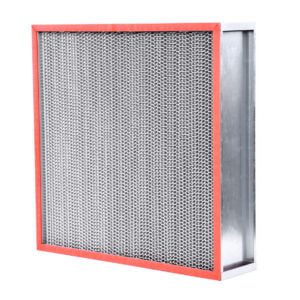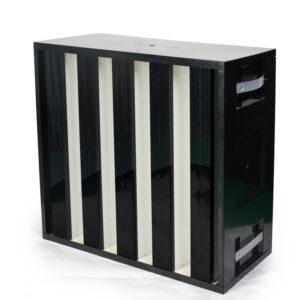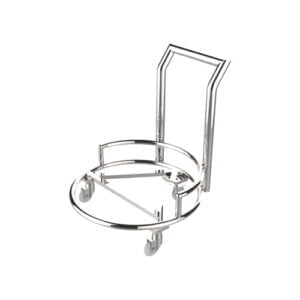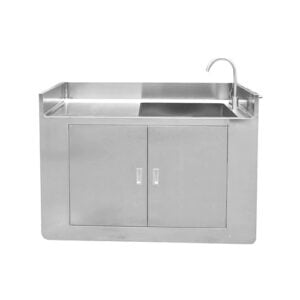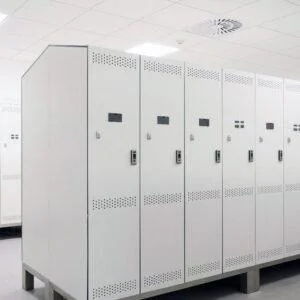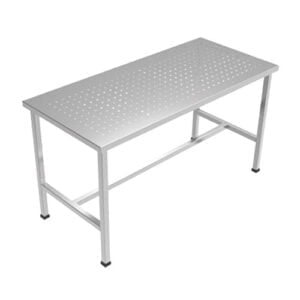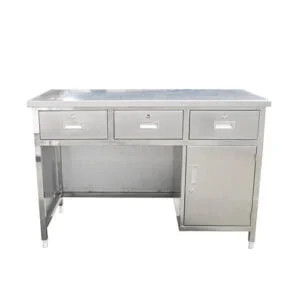The Bag-In-Bag-Out (BIBO) system is a paramount innovation in contamination control, designed to protect operators and the environment from hazardous materials typically found in air filtration systems. Given its crucial role, understanding and adhering to best practices for its operation is essential for ensuring efficacy and safety. This article outlines the best practices vital to the successful operation of BIBO systems.
Preparation: The Key to Success
- Formación integral: Ensure all personnel are well-trained in the operation of BIBO systems. This includes understanding the mechanism, safety protocols, and emergency procedures.
- Inspección periódica: Before and after each use, inspect the BIBO system for any signs of wear or damage. It’s crucial to ensure that all components, especially seals and bags, are intact.
Safe Operation Protocols
- Strict Adherence to SOPs: Follow the Standard Operating Procedures (SOPs) meticulously. BIBO systems vary slightly by design and purpose, so aligning with specific SOPs minimizes risks.
- Wearing Proper PPE: Even with the enhanced safety features of BIBO systems, wearing the right personal protective equipment (PPE) is non-negotiable to safeguard against unexpected exposure.
During Filter Change-Out
- Containment Verification: Before removing the contaminated filter, ensure the bag is properly sealed and the containment integrity is verified. This is critical to prevent any leakage of hazardous materials.
- Avoid Rushing: The filter change-out process should never be hurried. Take the time to double-check seals and ensure that all steps are performed thoroughly and correctly.
Mantenimiento y documentación
- Mantenimiento rutinario: Regular maintenance checks, as per manufacturer recommendations, ensure the BIBO system remains in optimal condition, reducing the likelihood of unexpected failures.
- Accurate Record-Keeping: Maintain detailed logs of filter changes, inspection results, and maintenance activities. These records are vital for tracking system performance and compliance with regulatory standards.
Preparación para emergencias
- Emergency Plans: Have a clear and accessible emergency plan in place for handling potential breaches or failures in the BIBO system. This should include immediate containment procedures and notification protocols.
Post-Operation Procedures
- Proper Disposal: Ensure that the bagged contaminated filters are disposed of in accordance with local regulations and environmental standards.
- Post-Change Inspection: After a filter change-out, inspect the system again to ensure everything is sealed correctly, and the system is ready for its next use.
Conclusión
Operating a Sistema Bag-In-Bag-Out with adherence to these best practices ensures not only the longevity of the system but also the safety of personnel and the environment. As technology evolves and safety standards become more stringent, these practices may be updated, but the fundamental principles of thorough training, careful operation, and meticulous maintenance remain the cornerstone of effective BIBO system operation.





